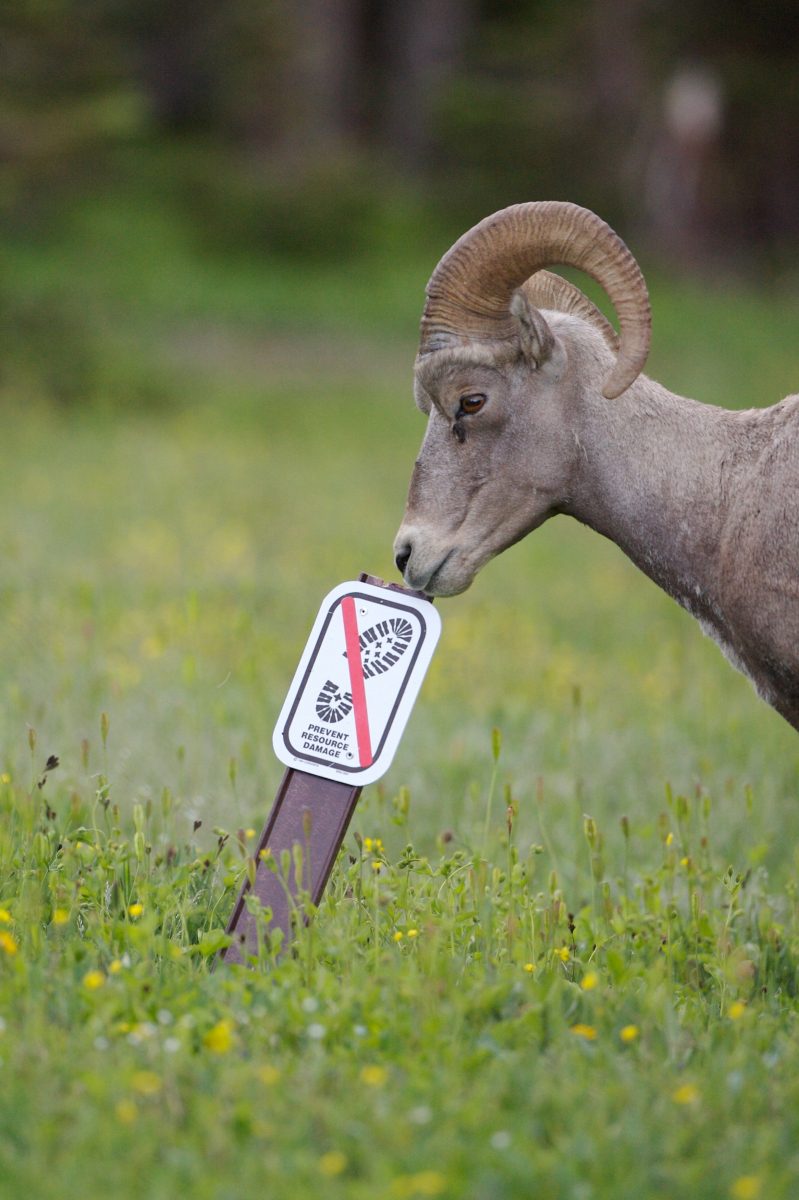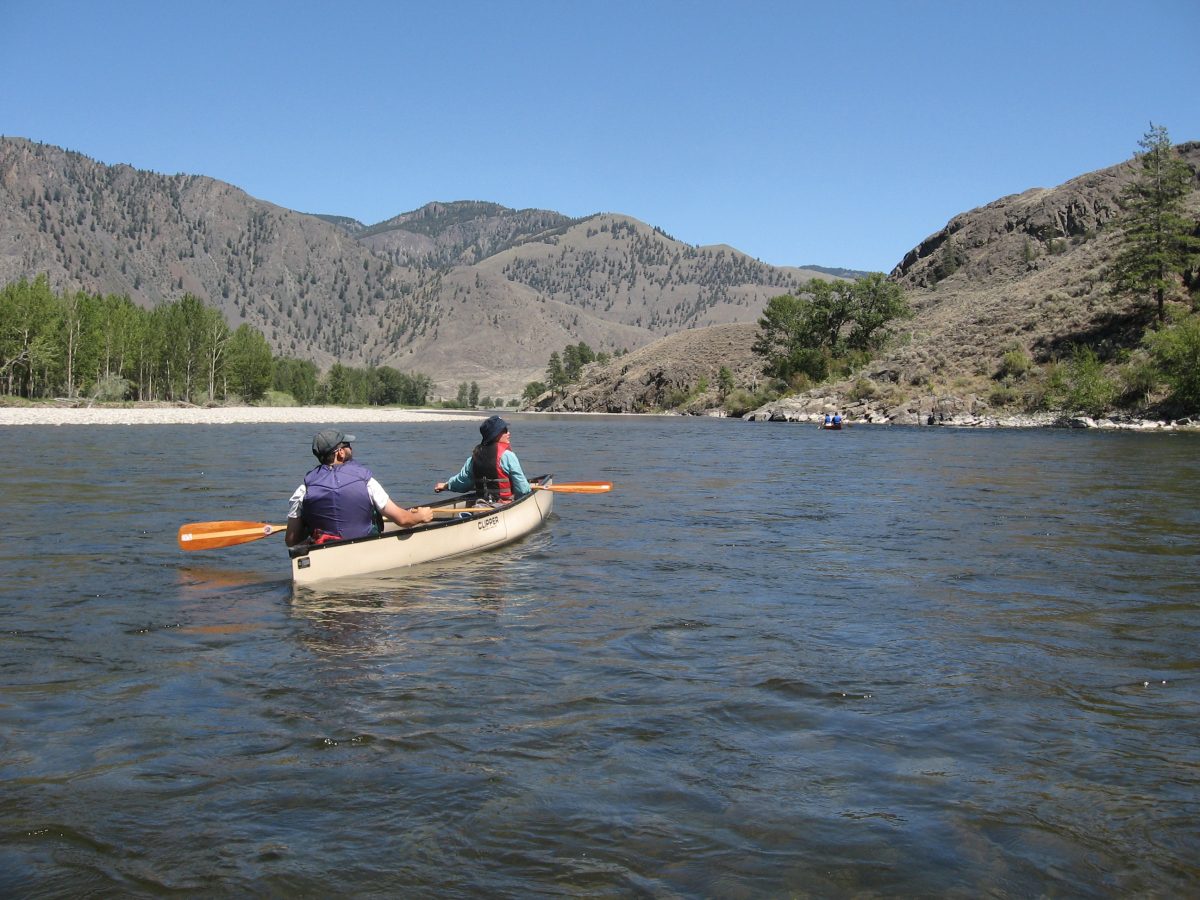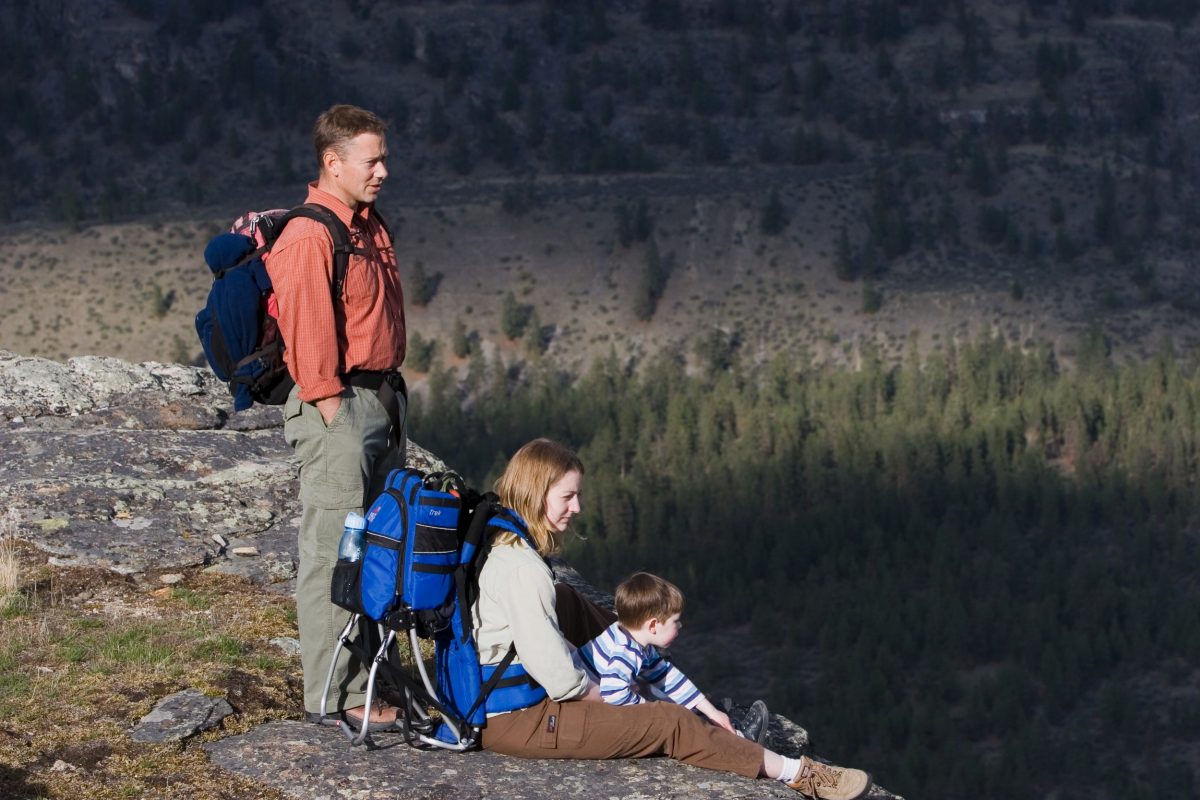Keeping Nature in Our Future
A Biodiversity Conservation Strategy for the South Okanagan Similkameen
The South Okanagan-Similkameen region is known for its spectacular landscapes and wildlife, amazing outdoor recreation opportunities, and thriving agriculture industry. It is a biologically unique area with both high species diversity and species at risk, and is recognized as one of Canada’s most endangered natural systems.
What is biodiversity?
Biodiversity is short for biological diversity – the variety of life in all its forms that many people think of simply as “nature”.
What is a Biodiversity Conservation Strategy?
Keeping Nature in Our Future identifies why we should conserve and restore natural areas, which natural areas should be protected and restored, who can contribute, how and when conservation and enhancement of these natural areas can be achieved, and the role of natural areas in protecting regional biodiversity.
The strategy provides a “big-picture”, landscape view of the region and a framework for considering conservation options that go beyond jurisdictional boundaries to include entire ecosystems and watersheds and all land tenures.
Keeping Nature in Our Future was developed through a collaborative and consultative process, guided by a steering committee that included local governments, federal and provincial government ministries, First Nations observers and participants, and non-profit organizations.
Go to Biodiversity document.
Go to the large format “zoomable” biodiversity maps.
What’s in the strategy?
The full report includes:
- A vision and goals for protecting biodiversity in the South Okanagan-Similkameen;
- Key findings from an assessment of biodiversity in the region;
- Maps showing where the most intact natural areas occur and the level of protection offered by different types of land ownership;
- Strategic directions and opportunities for actions to achieve measurable results;
- Roles and responsibilities for local and senior levels of government to help protect biodiversity;
- Examples of land use planning tools and legislation helpful for community plans, zoning, and development permit areas;
- An implementation plan.
Municipal and rural primers
An information package and map has been prepared for the 14 municipalities and rural areas in the Regional District Okanagan Similkameen. The “Primers” provide details about the location of sensitive ecosystems and recommendations for conservation and restoration of natural areas. View primers.
Highlights of the biodiversity report
Key Finding: sensitive areas
Nearly two-thirds of the study area is classified as having high or very high conservation ranking.
Key Findings: biodiversity hotspots
More than 20% of the study area is classified as having high or very high relative biodiversity. In other words, the region has many healthy natural areas supporting a diversity of wildlife.
The areas with the greatest proportion of very high and high relative biodiversity are Area A (Rural Osoyoos), Area B (Cawston), Area C (Rural Oliver), Area D (Okanagan Falls), and the municipalities of Osoyoos and Oliver.
The valley bottom is very important, even though it is a smaller part of the region. Nearly half of the very high and high biodiversity values occur in the valley bottom. The results also show that a significant amount of habitat in the valley has already been lost, as reflected by the high proportion of low and very low relative biodiversity found there.
Since upland areas do not have the same intensity of land conversion as the valleys, they represent an opportunity for land managers to retain biodiversity values, although protection of these lands is not comparable or interchangeable with protection of valley bottoms.
Key Findings: land management
- Approximately 13% of the study area falls within lands designated as parks, with most of this consisting of provincial parks and protected areas. Municipal, regional, and provincial parks and protected areas together protect only 22.6% of the region’s very high and high biodiversity habitats.
- Amount of city parkland meets traditional recreation standards but achieves a low overall allocation of land to conservation. A small percentage of land (less than 1%) is allocated to regional parks. The total park and protected areas of all agencies combined in the study area – is the second lowest percent of protected land base of the six regions studied in BC.
- The comparatively small amount of land that falls within dedicated conservation lands highlights the need to manage public resource lands to protect multiple values, including biodiversity.
- Indian reserves also have a high proportion of very high and high biodiversity habitats, followed by private land. This highlights the need for improved First Nations land use planning capacity, conservation incentives, and opportunities for voluntary stewardship.
- The Agricultural Land Reserve is a relatively small proportion of the entire study area, but because it is concentrated in the valley bottom and has significant high and very high biodiversity habitat values, it is important to consider biodiversity conservation opportunities within these lands.
Key Findings: linking natural areas
- At a regional scale, the Okanagan Valley represents a north-south corridor, facilitating wildlife movement between the US Columbia Basin and the grasslands of the Central Interior Plateau of BC. Human settlements and the transportation network in the South Okanagan-Similkameen represent barriers to wildlife movement. Highways 97, 3, and 5A impede east-west movement and Highway 3 and the Princeton Summerland Road potentially impact north-south movement.
- The valley area contains a large proportion of the high and very high values for habitat connectivity and is also under the most pressure from human activities. Along with areas of less rugged terrain located to the east of the Okanagan Valley and throughout the northern half of the study area, the valley area offers the best potential for increased wildlife movement.
Strategic Directions: Identifying Opportunities and Focusing Efforts
Keeping Nature in Our Future identifies 16 strategic directions and accompanying opportunities for action to support biodiversity conservation efforts of local and senior governments.
Strategic Directions for Local Governments
- Establish new, or update existing land use policies and regulations to ensure that development processes integrate biodiversity conservation considerations.
- Build on the existing network of parks, protected areas and greenways to strengthen natural area conservation within a regional context.
- Improve and expand methods to finance conservation of lands with ecological values.
- Set security deposits to encourage environmental compliance consistent with the complexity of the development.
- Develop a range of development, tax and financial incentives to encourage stewardship on private lands.
- Share data and mapping between governments to make scientifically defensible land use decisions that protect regional ecosystems.
- Promote better public and stakeholder understanding regional biodiversity.
- Develop the capacity of local government staff and elected officials to become leaders and innovators in implementing biodiversity conservation.
- Improve inter-agency collaboration on biodiversity conservation and capitalize on partnership opportunities.
Strategic Directions for Senior Government
- Establish new, or improve existing provincial enabling legislation that sets out powers and responsibilities of local governments for biodiversity protection.
- Improve implementation of conservation initiatives; promote interagency cooperation, and enforcement of senior legislation, regulations, and standards.
- Manage ecological values on provincial and federal Crown lands in a manner that leads by example.
- Improve the efficiency and effectiveness of environmental mitigation and compensation programs.
- Continue to build a network of protected areas to conserve sensitive and important ecosystems that are underrepresented in the current network.
Support land owners, managers and other stakeholders to conserve biodiversity with financial and technical assistance. - Conduct applied research and scientific studies to support biodiversity conservation in the region and disseminate results to decision-makers and stakeholders.
- Ensure that environmental protection goals, including biodiversity conservation are effectively considered within government permitting processes.
SOSCP Local and Regional Parks Resource Review
A recent analysis of local and regional government park resources outline the total amount and type of parklands including developed recreation, such as ball fields, and undeveloped nature or open space park lands. The results were compared against other local and regional jurisdictions in BC and to national surveys. The results show that municipal governments in the South Okanagan Similkameen region have allocated comparable amounts of parkland per capita adopted by Canadian and US parks. However almost half of that parkland is for active recreational use, not for conservation. Further, the amount of parkland provided by the regional district is less than 1% of its total land base. The RDOS has the second lowest percent of protected land base of the six regions studied in BC. While there are no comparable standards for the allocation of regional parks in BC, regional districts typically achieve 10-15% of their land base as park and protected areas.
A regional parks strategy is needed to help meet these biodiversity goals, as well as other regional goals, such as those in climate action strategies.
View full report. SOSCP Local and Regional Parks Resource Review.
Biodiversity maps and resources for planners and professionals
Keeping Nature in Our Future includes large digital maps–practical tool that local governments can use to integrate biodiversity protection into policies, plans, and regulations. Go here to view shapefile maps and the biodiversity methodology report










